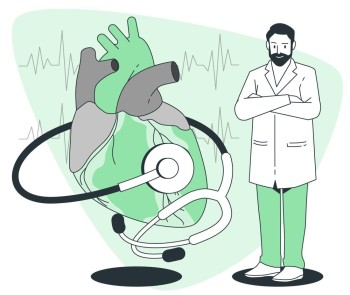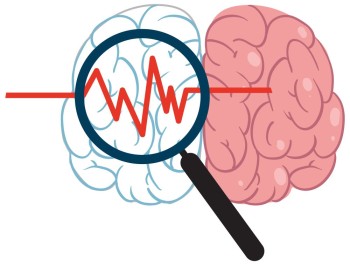
₹7,200
₹9,000
MRI Brain Venography is a specialized diagnostic procedure designed to provide detailed insights into the venous structures within the brain.
Category:
MRI Scan



